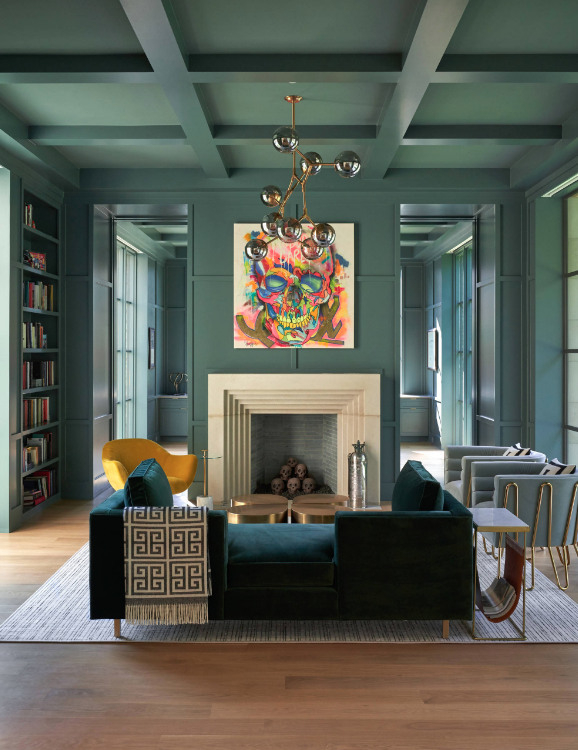Modern Architecture Concept
In the ever-evolving world of architecture, the concept of “modern architecture” stands as a testament to innovation, functionality, and aesthetics. Emerging in the early 20th century and continuing to influence the built environment today, modern architecture has become a defining movement that has shaped the way we think about design and the spaces we inhabit.

Origins of Modern Architecture:
1. Industrial Revolution and Changing Needs: Modern architecture emerged as a response to the industrial revolution and the changing needs of society. It was a rejection of the ornate, historicist styles that had dominated the 19th century. Pioneering architects such as Le Corbusier, Ludwig Mies van der Rohe, and Frank Lloyd Wright led the charge by advocating for a new approach characterized by simplicity, efficiency, and the use of innovative materials. This movement sought to align architecture with the fast-paced, industrialized world of the 20th century.
Key Principles:
1. Form Follows Function: One of the fundamental principles of modern architecture is the idea that the form of a building should be dictated by its intended function. This philosophy leads to designs that prioritize efficiency and purpose.
2. Minimalism: Modern architecture often favors clean lines, open spaces, and the use of geometric shapes. Minimalist design aims to reduce unnecessary ornamentation and highlight the beauty of simplicity.
3. Innovative Materials: Modern architects were quick to adopt new materials like steel, glass, and concrete, which allowed for previously impossible structural and design possibilities.
4. Integration with Nature: Many modern architects focused on creating a harmonious relationship between the built environment and the natural world, often incorporating elements like large windows, open floor plans, and green spaces.
5. Breaking Tradition: Modern architecture broke free from the constraints of historical styles and traditions. It embraced the idea that each generation should create its own unique architectural language.
Influential Works:
1. Villa Savoye, France: Designed by Le Corbusier, this iconic building is a masterpiece of modern architecture. It exemplifies the principles of open spaces, clean lines, and functionality.
2. Fallingwater, USA: Frank Lloyd Wright’s Fallingwater is a striking example of how modern architecture can seamlessly integrate with nature. It seems to emerge from the landscape itself, showcasing the idea that architecture should work in harmony with its surroundings.
3. Barcelona Pavilion, Spain: Ludwig Mies van der Rohe’s Barcelona Pavilion is a testament to the use of innovative materials. It is a true embodiment of the “less is more” concept in modern design.
The Contemporary Influence:
Modern architecture has never ceased to evolve. Today, contemporary architects continue to draw inspiration from its core principles while incorporating cutting-edge technologies, sustainable materials, and energy-efficient designs. Sustainability, adaptability, and cultural relevance are key considerations in contemporary modern architecture.
Conclusion:
The concept of modern architecture has left an indelible mark on the built environment. It has redefined the way we approach design, emphasizing functionality, minimalism, and innovation. From its early roots in the 20th century to its continued evolution in the 21st century, modern architecture stands as a testament to the power of innovation and the enduring relevance of its core principles. As we look to the future, we can expect modern architecture to continue shaping the world of design and pushing the boundaries of what is possible in the world of construction.
